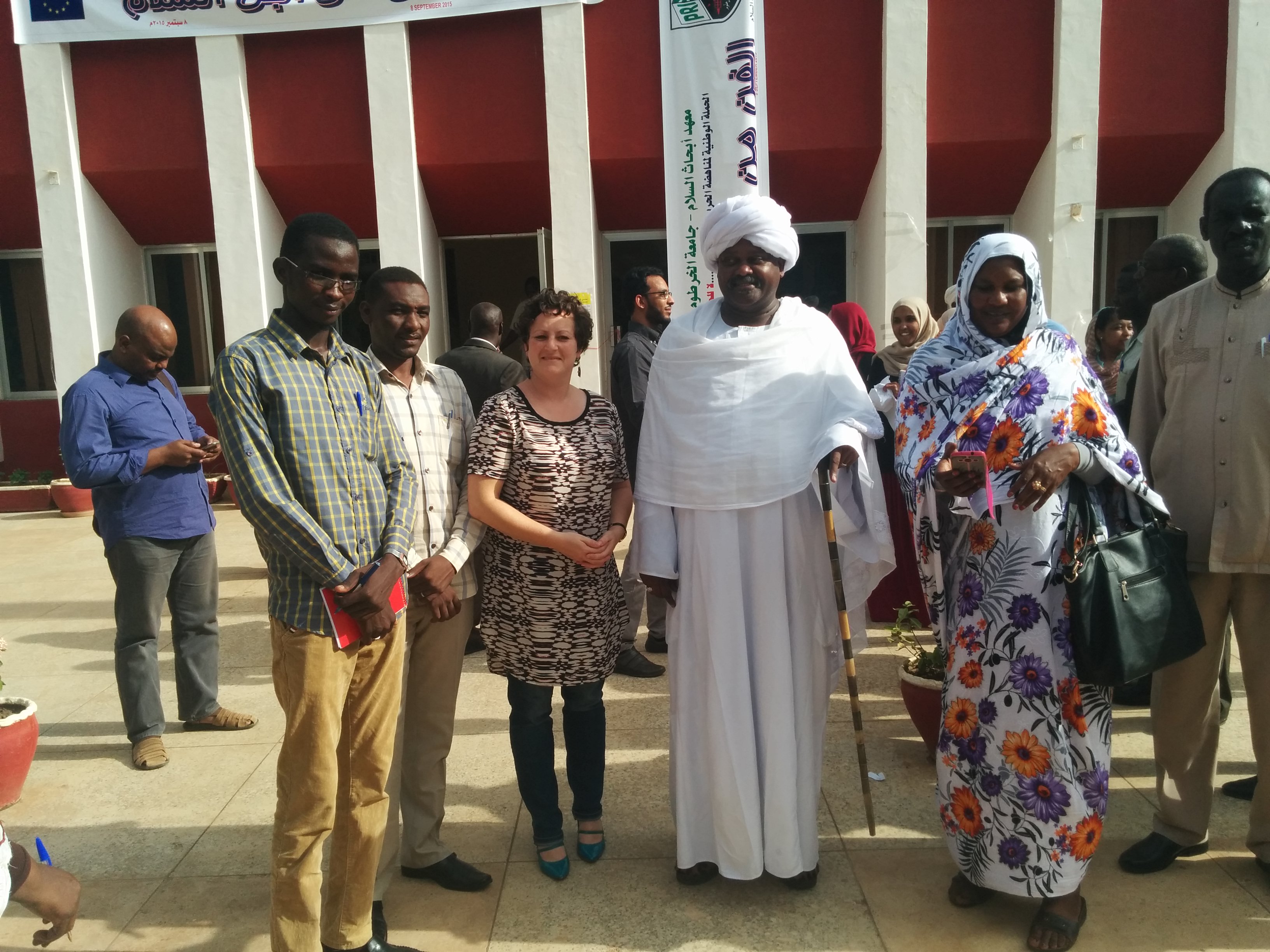Future Now
The IFTF Blog
Who owns your future?
What is the Future?
Who owns your future?
The future is not something that just happens to us, the future is something we create.
Man created the walls around us. Man created war. But who will create peace? Who owns your future?
When we work to build peace out of conflict, we are building a future that is radically different from our present and our past. We are building something that we haven’t yet seen. What does peace look like? What does real sustainable peace look like?
Do you know?
Can you imagine peace, in your homes, in your country in 2030?
How old will you be in 2030?
How old will your children be?
Where will you live?
While there are far too many variables in our lives to be able to predict the future, we can begin imagining all possible futures today—
from the good to the bad,
from peace to conflict.
By imagining possible futures, we can begin planning for the future we want – today.
We can ask ourselves what new technology will we have access to in 2030?
How will the rain patterns be different from today? Will the rivers be dry? Will the economic embargo be lifted? If the economic embargo is lifted, what impact will it have on our lives? What impact will new technology have? What impact will changing rain patterns have on our lives?
Perhaps we won’t be able to agree. But that’s ok. In fact, it would be impossible for us to agree because the future does not yet exist. There are no facts about the future after all. And because of this, we can’t predict what the future will be like, and we won't agree on what the future will be like.
So we need to change the way we think about the future, it’s not about figuring out who is right about what will happen. It’s about using a place that does not yet exist as a tool to find common ground. The future is the only thing we all have in common after all.
Because the future does not yet exist we can feel safe there. We can use the future to imagine what is possible without claiming ownership or responsibility for it. We can use the future to ask the hard questions, to explore the things we don’t want to happen so that we can learn how to prevent them. We can use the future to test new approaches to building peace before we implement them.
Conflict arises when different groups have opposing desires for the future. Let's take the example of a conflict based on land rights where two different groups are fighting for the same land. They are demonstrating two different wishes for the future.
Yet we talk about conflict in the past and the present. We focus on today’s issues, even though the problem lies in the future. And the solution, the solution lies in the future.
If we are able to step out of today’s conflict and into an open and yet undiscovered landscape of alternative futures—one which could be war, the other future which could be peace—we can begin to understand what is possible.
What is possible?
Instead of focusing on what we want, or what we don’t want, or what the other group wants – it will be better to simply know what is possible, to begin at the beginning and understand what is possible.
We will gain a new perspective.
As we begin to imagine alternative futures—one of war, the other of peace—we will listen to our collaborators as they share their diverse perspectives about what is possible. We will begin to uncover points of collaboration, points of agreements.
And when we come across a possible future we don’t agree with, we won’t start a debate about who is correct, we will ask our collaborators to explain why they think what they think. Our only concern is to understand if this is a possible future. Perhaps it’s not what we want to happen, but is it possible?
And if indeed, what our colleague said is a possible future outcome, we must explore it together. We must explore how it could come to be, and what impact it will have on our lives.
If we do this enough. If we put enough rigor into how we think about these alternative futures, we will eventually find common ground, and build a common vision for a shared future, a future that will work for us all.
And then, perhaps then, we can find sustainable pathways to peace.
But it wont be an easy path. How do you even begin to image 2030? How can you describe a world you have not yet seen?

This is a transcript from a speech I gave in Khartoum, Sudan during a one week Peace Symposium in 2015. The audience included 70 local Sudanese peace builders, in addition to representatives from business, foundations, and multilateral organizations.
For more check out IFTF's Peace and Development Lab



